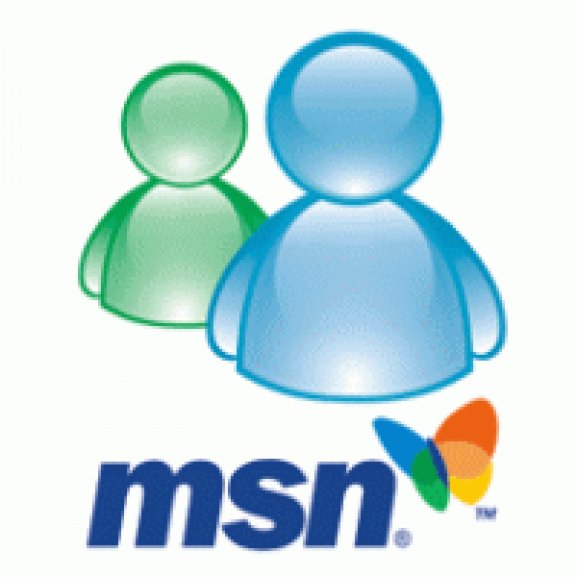Goodbye MSN Messenger: Bidding a final farewell to Microsoft's much loved chat service
 Like most teenagers growing up in the late 90s / early 00s, MSN Messenger made me realize that there was more to life than having to talk face to face.
Like most teenagers growing up in the late 90s / early 00s, MSN Messenger made me realize that there was more to life than having to talk face to face.
Maybe you didn't want to go to that party, for example, so you could just send your friend a message with some poor excuse about homework. Or maybe you just wanted to sit up in front of a desktop computer until 3.00am, discussing the wrongs and rights of the world through a series of awkward 'lols,' 'brbs' and emoticons. You could even declare your undying love for someone behind the safe smokescreen of your computer by just typing it, which let's be honest, is much, much easier.
Microsoft announced on 29 August, that it will be switching off its Chinese MSN service, which brings an end to 15 years of an instant messaging platform that changed the way humans communicate across the globe. Most people will be aware that MSN was turned off for most users after Microsoft bought rival Skype in 2013, but you might not be aware that users in China continued to use it. By 31 October 2014, however, all users of the old service will be transferred to Skype.
Here are some of the biggest headlines from MSN's short but dare we say it, important contribution to instant messaging.
The early years
In 1999, MSN was launched by Microsoft to rival AOL's Aim service. It began life as a plain text messaging service, with a manageable contact list. In 2001, with the launch of the now defunct Windows XP, MSN allowed voice conversations and the grouping of contacts for the first time. The service became customizable in 2003, with personalized avatars, emoticons and theme colors.
Chatroom closure: child safety issues
But there was a setback in 2003, when MSN closed its chat room services in Europe, the Middle East, Latin America and in most of Asia, citing issues of child safety as the reason behind the closure, although some criticized the move, arguing the reasons behind it were actually economical. Research from the Cyberspace Research Center, revealed at the time, that one in five children aged 9 to 16 regularly used chat rooms, with more than half having engaged in sex chat.
The middle years
By 2005 MSN was starting to lose some of its charm. Rebranded as Windows Live Messenger, users could now annoy each other by sending giant animated emoticons that took up the whole screen. With Skype emerging as a strong rival since its launch in 2003, Microsoft added audio and video calling capabilities to the MSN package in 2006. In 2008, The "Groups" feature was added, for users to create group conversations.
The twilight years
In 2010, MSN became an increasingly confusing service, latching on to a variety of different trends, first launching MSN Video Player, an on demand TV service, which had a few teething problems on launch, most notably, no parental controls. Later that year, Microsoft launched an MSN games channel, providing games and web casts.
RIP MSN
But despite all the new features, and attempts to branch out, Microsoft announced the merger of MSN with Skype in 2012 after acquiring the latter. MSN was switched off for most users in 2013, with China carrying the torch until now. MSN had 330 million users in 2009 but, by 31 October 2014 the last Chinese users will be transferred to Skype and MSN will cease to be.
To take inspiration from Monty Python, MSN will be an ex-instant messenger.
Published under license from ITProPortal.com, a Net Communities Ltd Publication. All rights reserved.